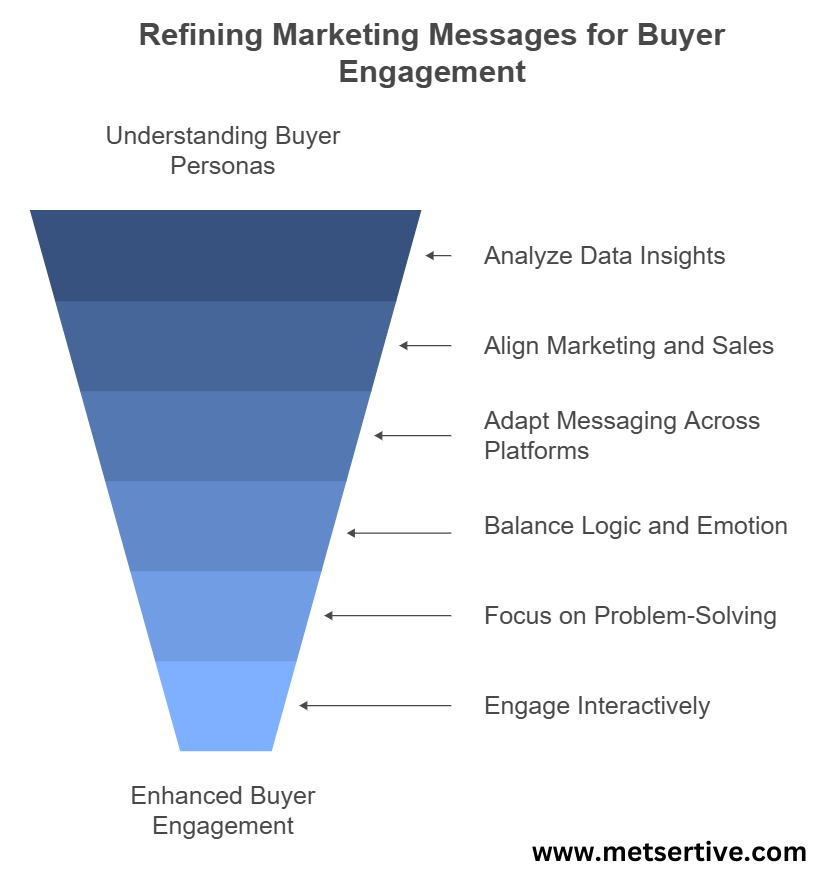1. Get to Know Your Buyer Personas
Think of buyer personas as your audience's "profiles." These include their goals, struggles, and what drives their decisions. Why is this so important? Because when your content speaks directly to their needs, it hits differently. In fact, HubSpot found that 93% of B2B buyers prefer personalized content. That’s a pretty strong case for doing your homework!
2. Let Data and Analytics Be Your Guide
Wondering how to figure out what stage a buyer is in? Analytics tools like Google Analytics or HubSpot are your best friends. They can track what your prospects are doing and give you clear insights:
- Awareness Stage: Checking out blogs and educational content.
- Consideration Stage: Comparing product pages and case studies.
- Decision Stage: Downloading pricing guides or booking demos.
This data helps you stay one step ahead.
3. Make Sure Marketing and Sales Work Together
Marketing generates the leads, but sales nurtures them—that’s how the magic happens. When both teams work in sync, they ensure buyers have a seamless experience at every stage. Align your strategies to avoid confusion or missed opportunities.
4. Be Everywhere, the Right Way
Your buyers aren’t sticking to one platform—they’re bouncing between emails, social media, websites, and more. Make sure your message stays consistent, but adjust it to fit each platform’s unique vibe. For example, what works on LinkedIn might not work on Instagram.
5. Mix Rational Benefits with Emotional Connection
Yes, B2B buying is all about logic and ROI—but don’t underestimate the emotional side of things. Trust, credibility, and brand perception matter. Tell stories, share testimonials, and let buyers feel confident choosing you.
6. Focus on Solving Problems, Not Just Listing Features
Features are great, but what really hooks buyers is knowing how your solution solves their specific problems. Shift your focus to outcomes—buyers want to hear how you’ll make their lives easier.
7. Make It Interactive
Want to really engage buyers? Offer tools like ROI calculators, quizzes, or self-assessments. Not only are they fun and engaging, but they also provide personalized insights—and who doesn’t love a bit of tailored advice?
8. Keep Your Buyer Journey Maps Fresh
Your buyers’ challenges, priorities, and expectations can change quickly. Stay on top of these shifts by updating your buyer journey maps regularly. It’s the best way to stay relevant and ahead of the curve.

